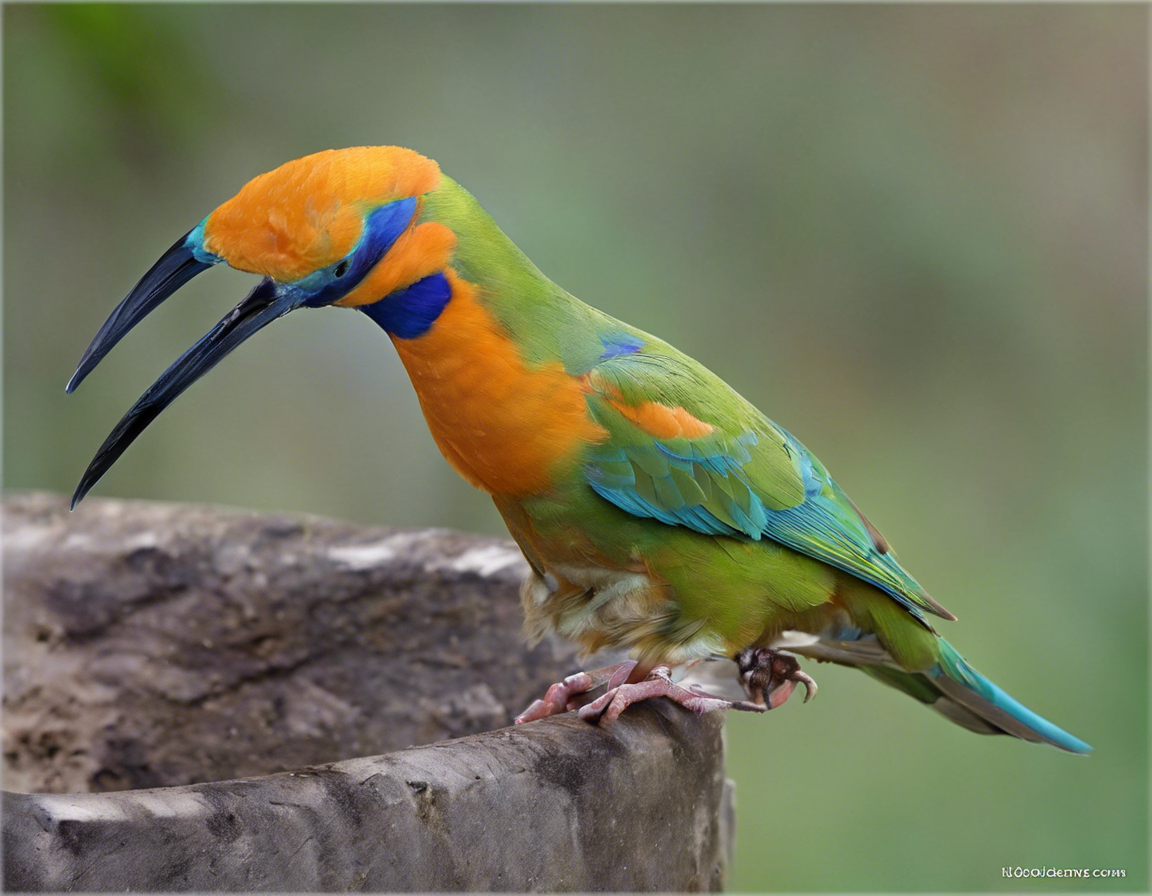Birds are truly remarkable creatures that come in a vast array of shapes, sizes, colors, and behaviors. With around 10,000 different species spread across the globe, they are a diverse group of animals that have captured the fascination of humans for centuries. In this article, we will delve into the fascinating world of bird species, exploring their characteristics, habits, and unique adaptations that allow them to thrive in various environments.
Understanding Bird Classification
Birds belong to the class Aves, which is part of the larger group of animals known as vertebrates. Within the class Aves, birds are further classified into different orders, families, genera, and species based on their morphological and genetic characteristics. This classification system helps scientists categorize and study the vast diversity of bird species present on Earth.
Common Bird Orders
Birds are grouped into various orders based on similarities in their physical characteristics and behaviors. Some of the common orders include:
-
Passeriformes (Perching Birds): This is the largest order of birds, characterized by their perching feet and melodious songs. Examples include sparrows, finches, and thrushes.
-
Falconiformes (Birds of Prey): This order includes diurnal birds of prey that are known for their keen eyesight and powerful talons. Eagles, hawks, and falcons are part of this group.
-
Psittaciformes (Parrots): Parrots are colorful birds with strong, curved bills and zygodactyl feet. They are known for their ability to mimic human speech.
-
Strigiformes (Owls): Owls are nocturnal birds of prey with forward-facing eyes and silent flight. They are expert hunters that feed on rodents and small mammals.
Adaptations for Survival
Birds have evolved a wide range of adaptations that help them survive and thrive in their respective habitats. Some of these adaptations include:
-
Beak Shapes: Birds have a variety of beak shapes suited for different feeding behaviors. For example, long, slender bills are ideal for probing flowers for nectar, while strong, hooked bills are perfect for tearing into flesh.
-
Feather Types: Birds have different types of feathers that serve various functions, such as insulation, waterproofing, and flight. For instance, down feathers help maintain body temperature, while flight feathers provide lift and maneuverability.
-
Migration: Many bird species undertake long migratory journeys to find food, breed, or escape harsh weather conditions. They rely on navigational skills honed over generations to reach their destination safely.
-
Camo uflage: Some birds have evolved camouflage patterns in their plumage to blend in with their surroundings and avoid predators. This adaptation helps them remain undetected while foraging or nesting.
Bird Communication and Behavior
Birds communicate with each other using a variety of vocalizations, body language, and visual displays. These forms of communication play a crucial role in establishing territories, attracting mates, and warning of potential threats. Some notable examples include:
-
Singing: Male birds often sing to defend their territory and attract females during the breeding season. Each species has its own unique song that helps them identify and recognize each other.
-
Dancing: Some birds engage in elaborate courtship displays that involve intricate dances, displays of plumage, and vocalizations. These displays help strengthen pair bonds and impress potential mates.
-
Mimicry: Certain bird species, such as mockingbirds and lyrebirds, are adept at mimicking the calls of other birds and even environmental sounds like car alarms or human speech. This skill helps them establish their territory and deter potential competitors.
-
Parental Care: Birds exhibit a range of parental care behaviors, from elaborate nest-building to feeding and protecting their young. Many species form strong bonds with their offspring and work together to ensure their survival.
Threats to Bird Species
Despite their incredible adaptability and resilience, birds face a range of threats that put their populations at risk. Habitat loss, climate change, pollution, and human activities such as deforestation and hunting are some of the major factors contributing to the decline of bird species worldwide. Conservation efforts are crucial for protecting vulnerable bird populations and preserving biodiversity for future generations.
Frequently Asked Questions (FAQs)
-
Why are birds considered dinosaurs?
Birds are considered modern-day dinosaurs due to their evolutionary lineage tracing back to theropod dinosaurs. They share many anatomical and genetic features with their extinct dinosaur relatives. -
How do birds navigate during migration?
Birds use a combination of visual cues, Earth’s magnetic field, and sun compass orientation to navigate during migration. Some species also rely on landmarks and celestial cues for guidance. -
Can birds see in color?
Yes, birds can see a wide range of colors, including ultraviolet light that is invisible to humans. This ability helps them forage for food, attract mates, and navigate their environment effectively. -
Do all birds fly?
While flight is a defining characteristic of birds, not all species are capable of sustained flight. Some birds, like ostriches and penguins, have lost the ability to fly but have adapted to thrive in their respective habitats. -
How do birds communicate with each other?
Birds communicate through a variety of vocalizations, visual displays, and body language. Calls, songs, dances, and displays of plumage are common forms of communication used for establishing territories, attracting mates, and warning of danger.
In conclusion, birds are a fascinating and diverse group of animals that continue to captivate us with their beauty, intelligence, and remarkable adaptations. By delving into the world of bird species, we gain a deeper appreciation for the intricate web of life that sustains ecosystems around the world. It is crucial that we work together to protect and conserve these magnificent creatures for future generations to enjoy and cherish.
